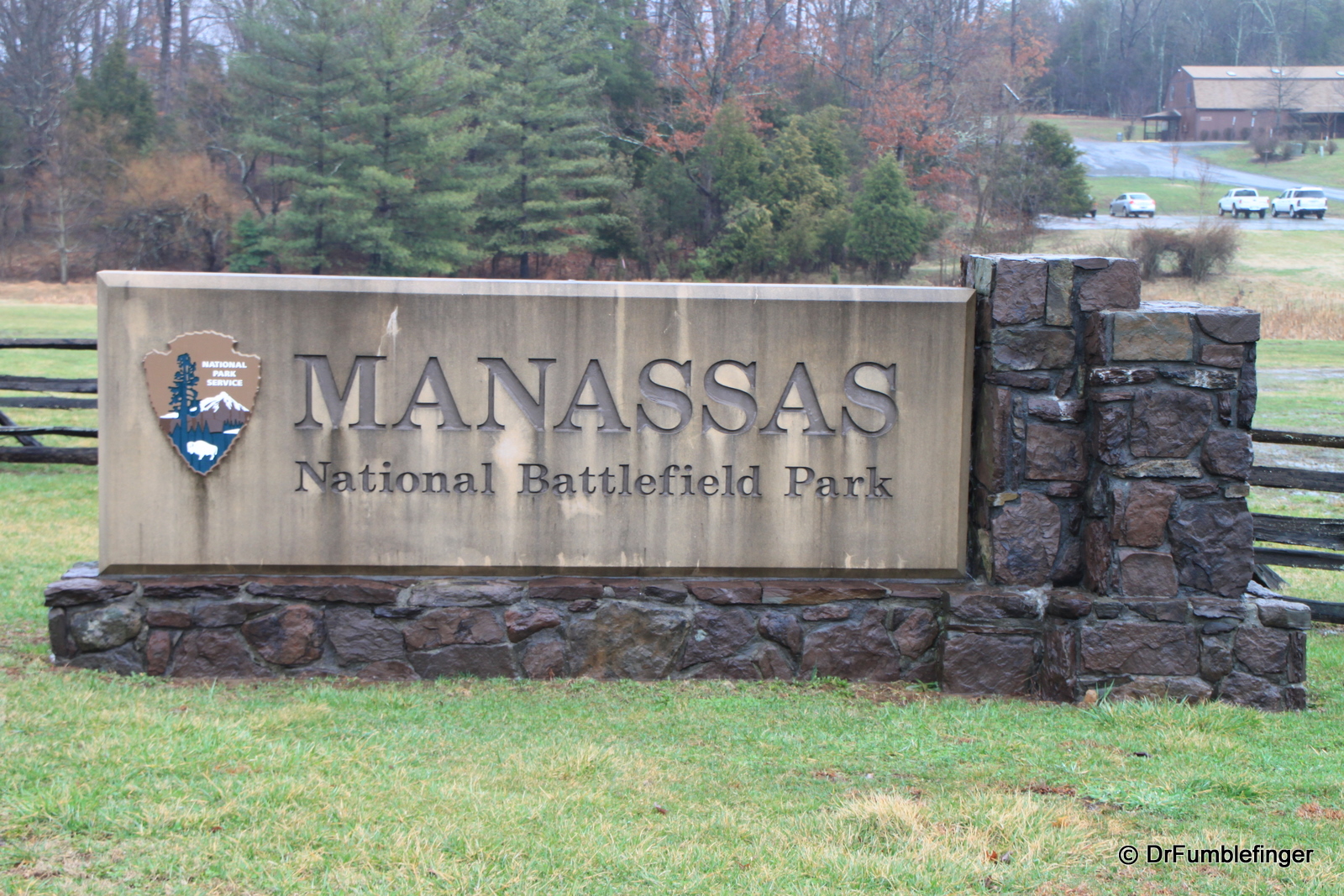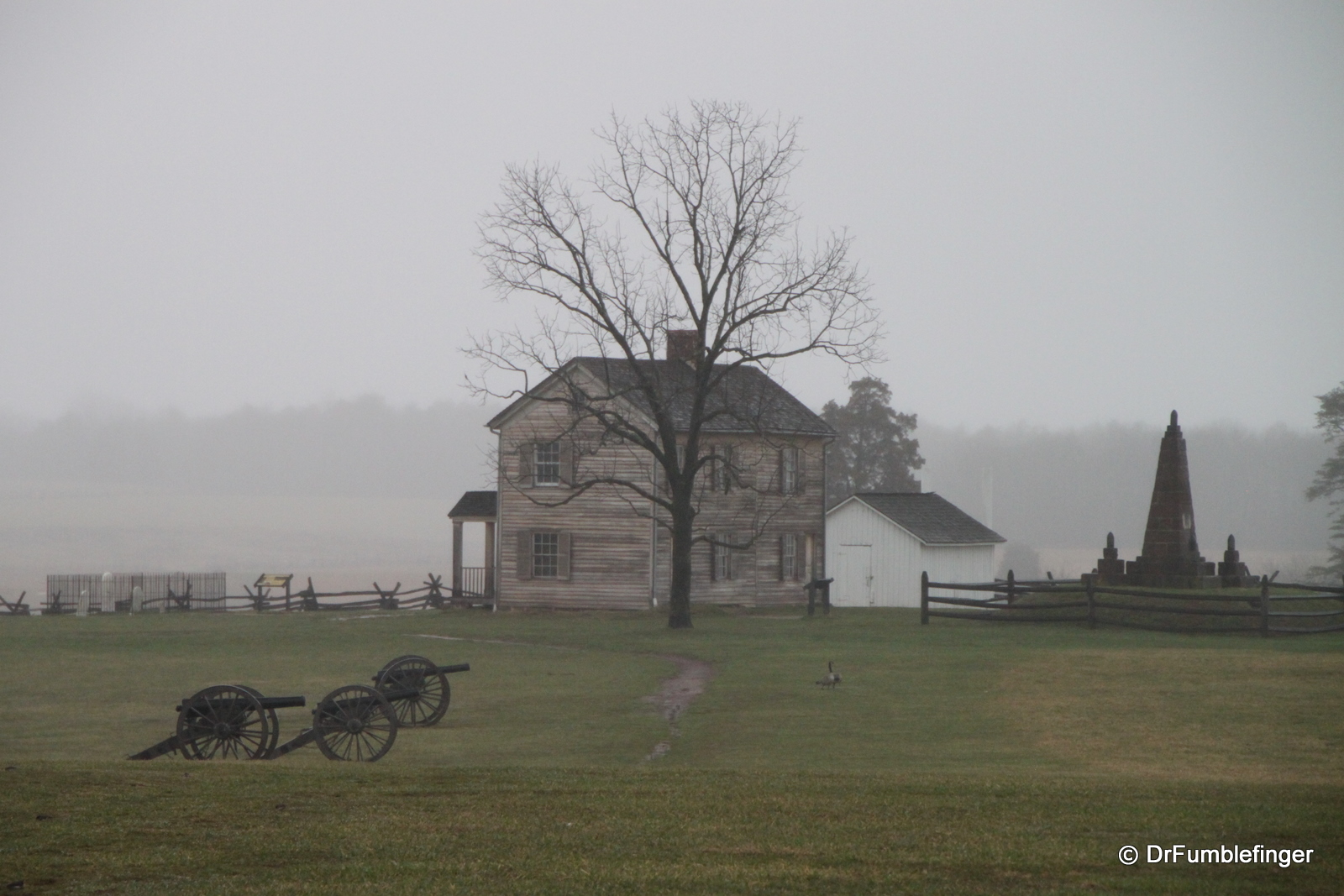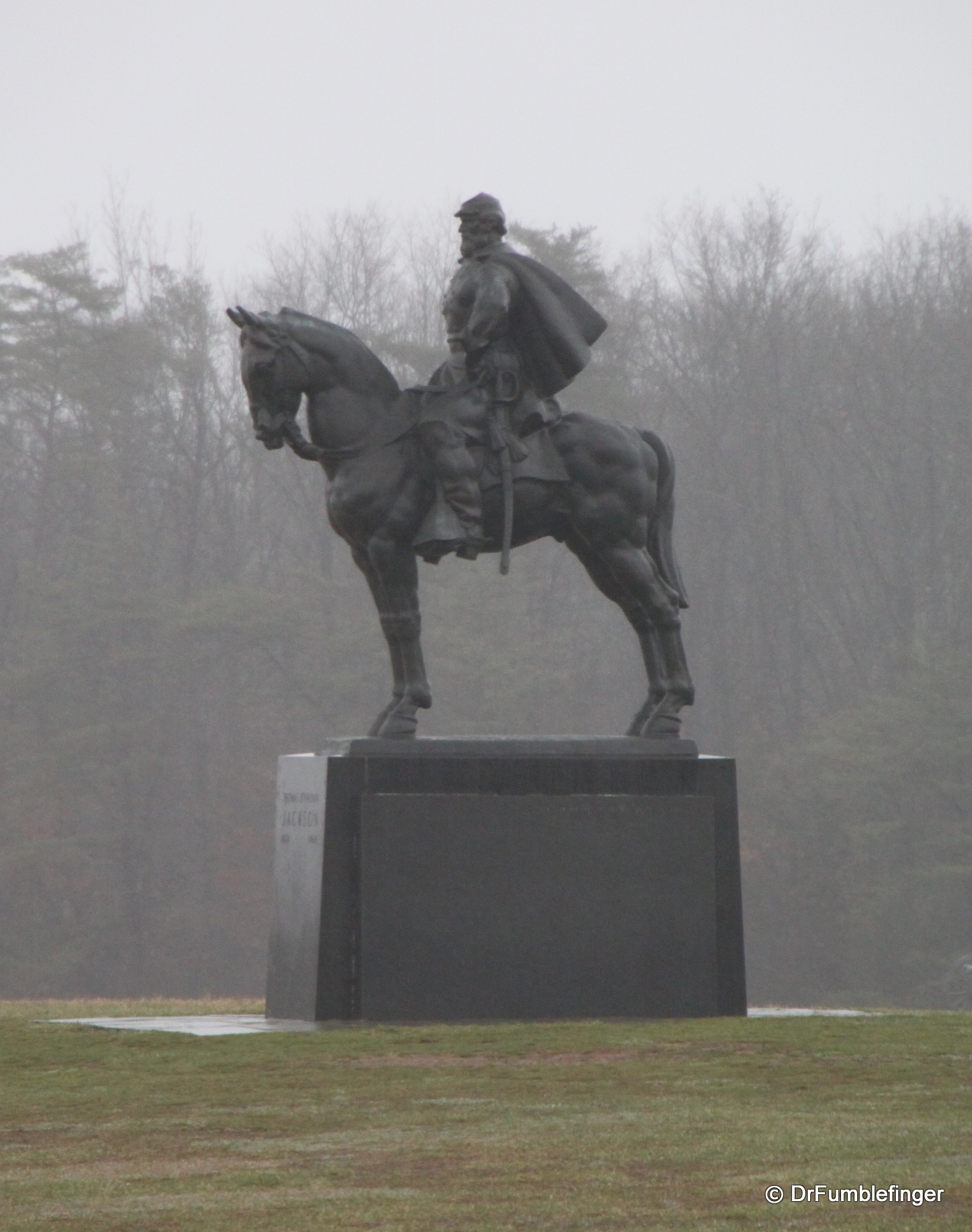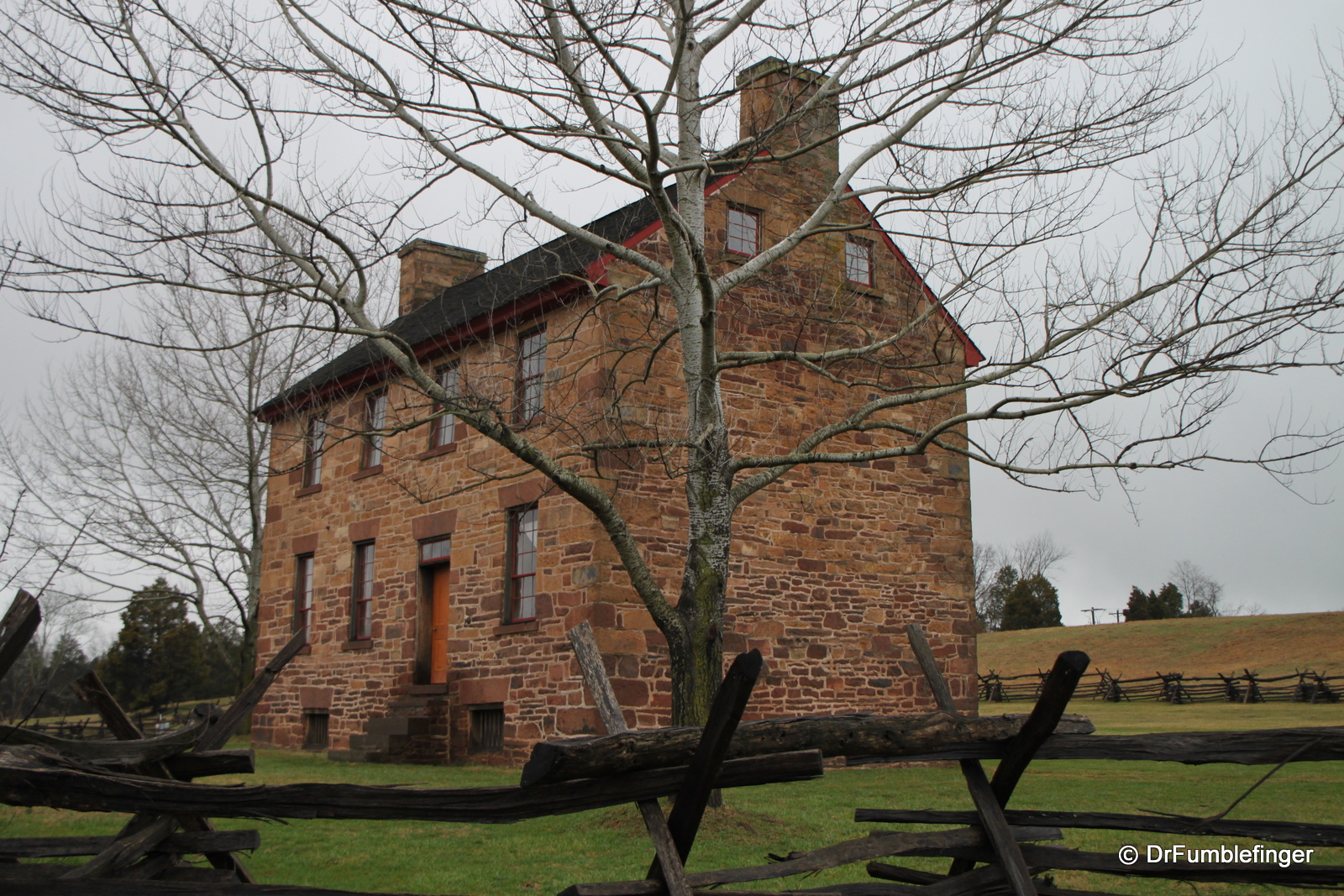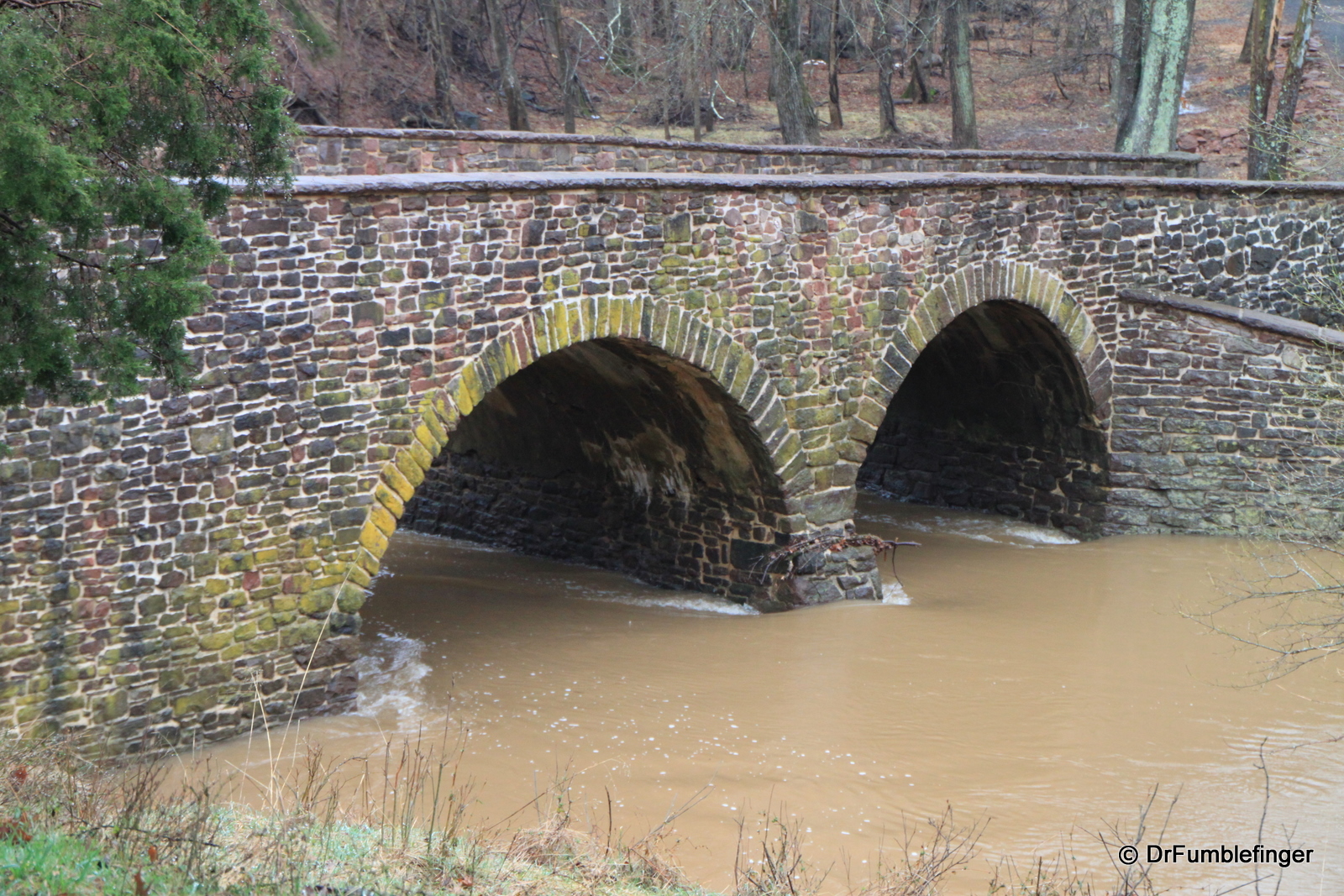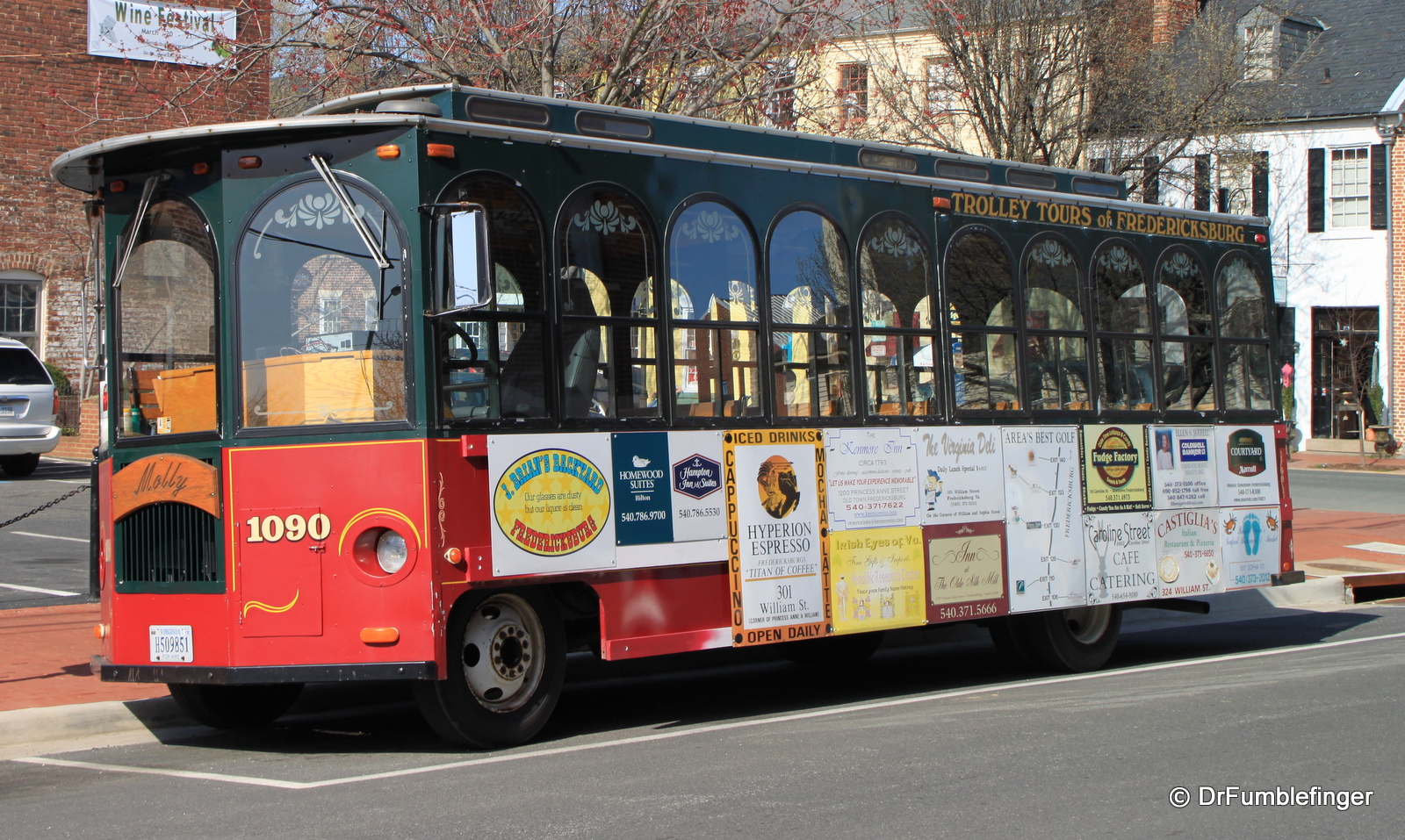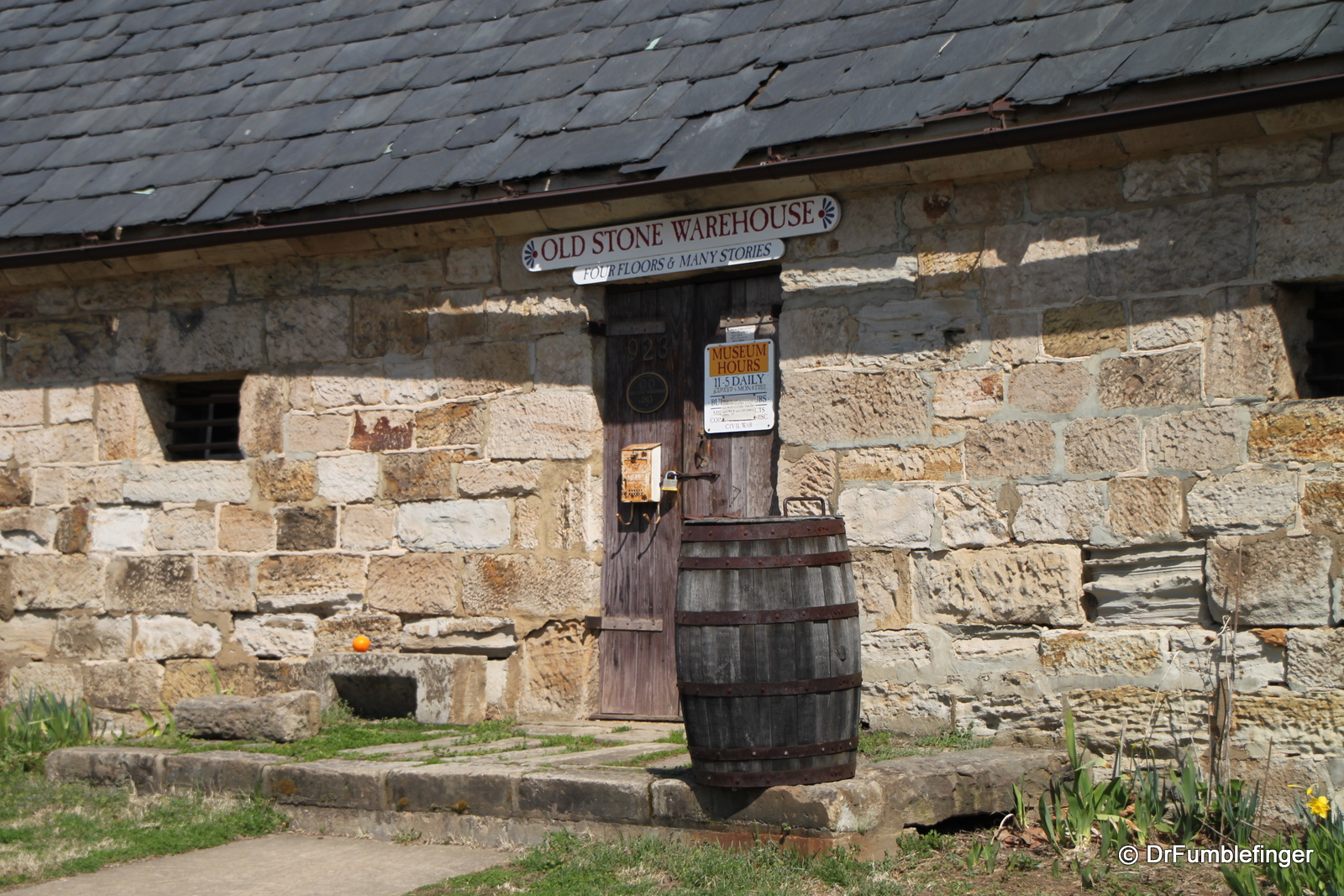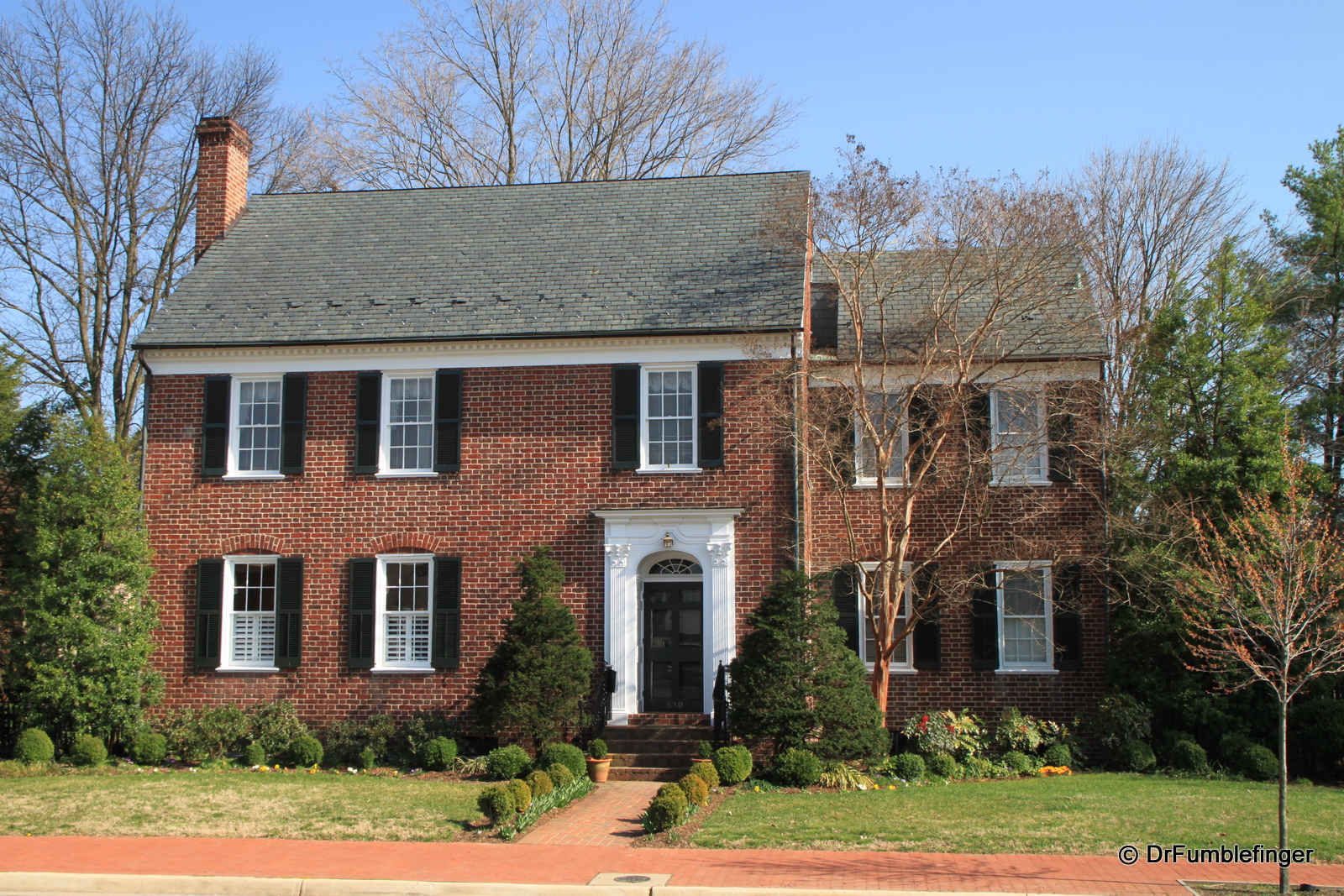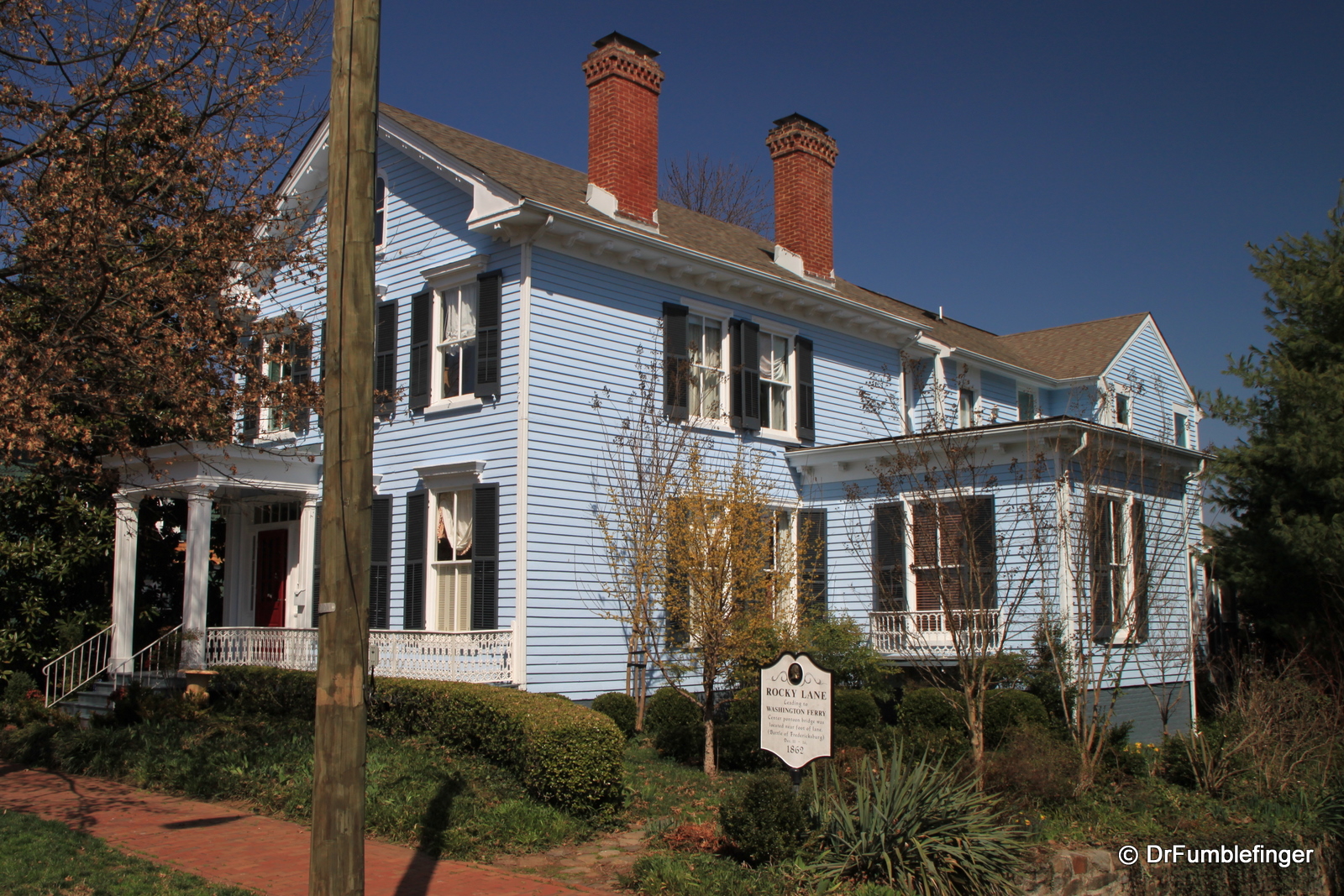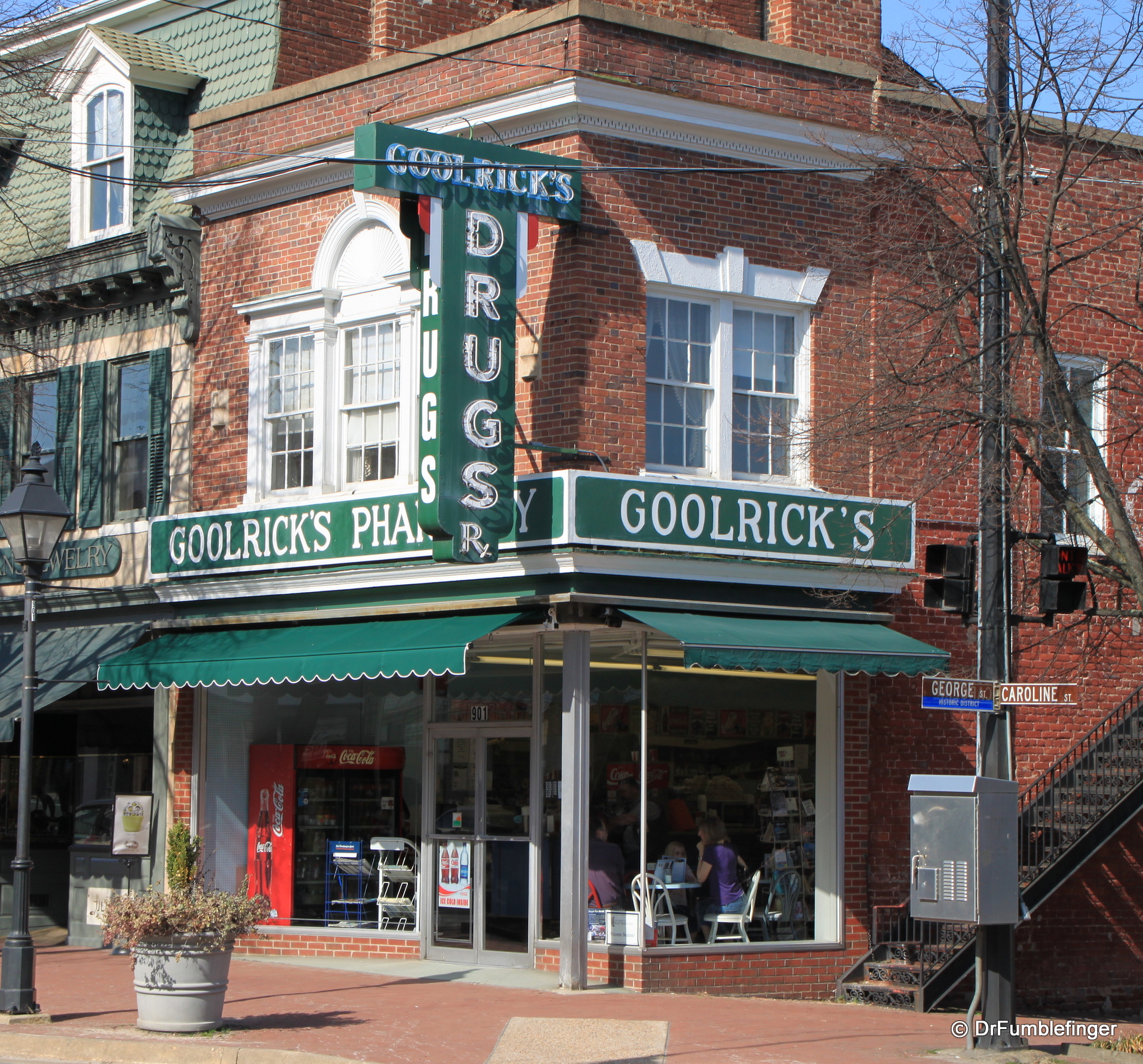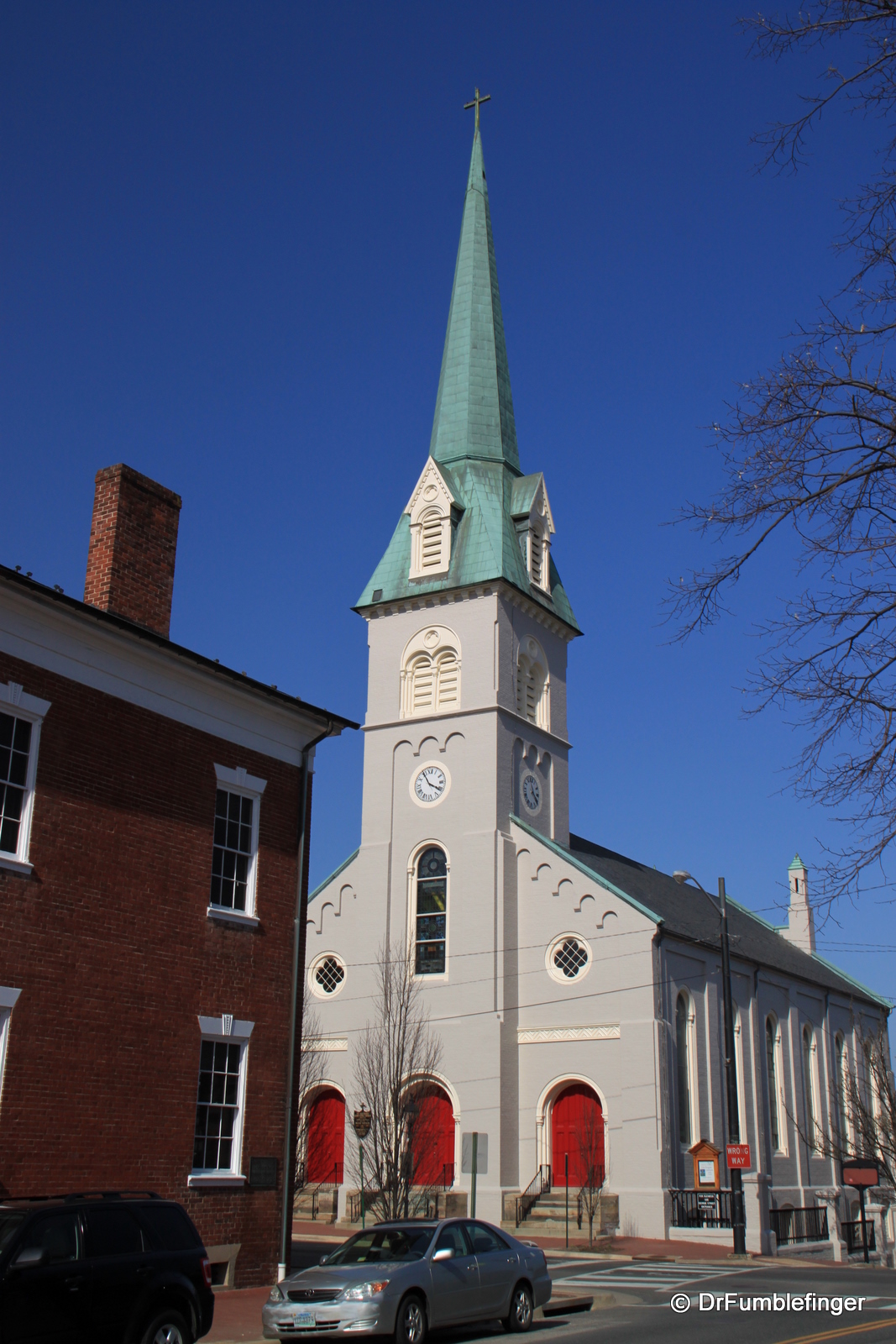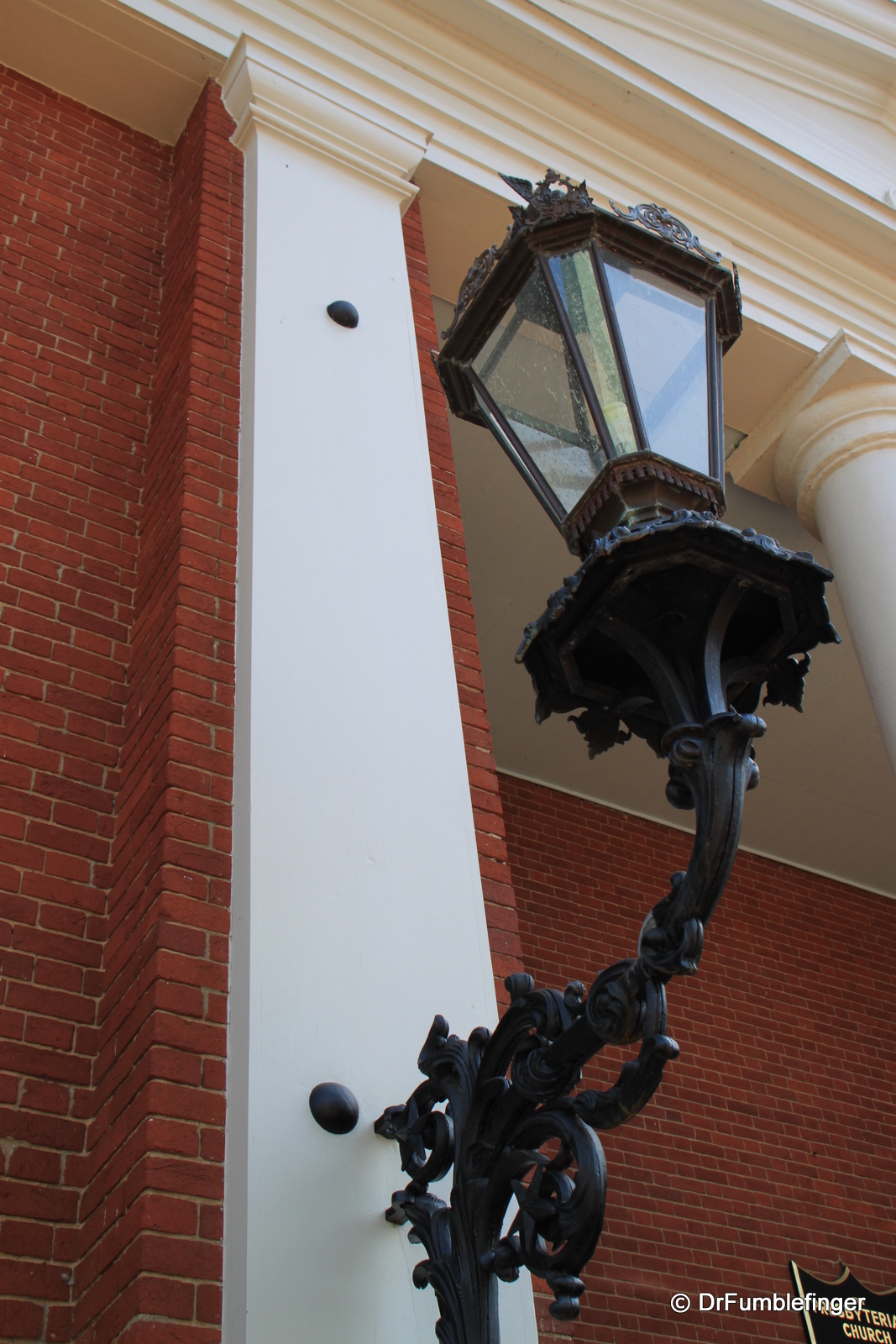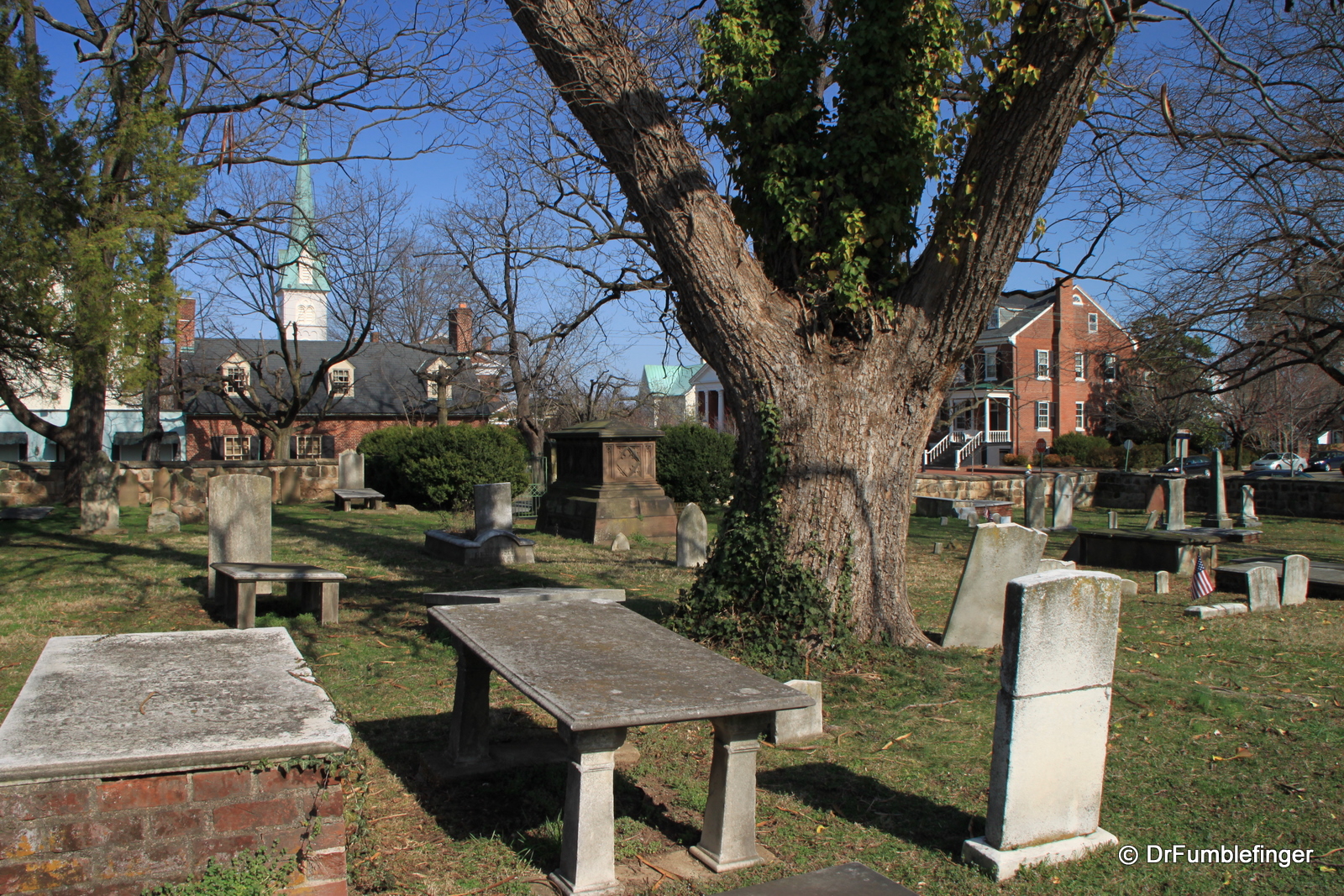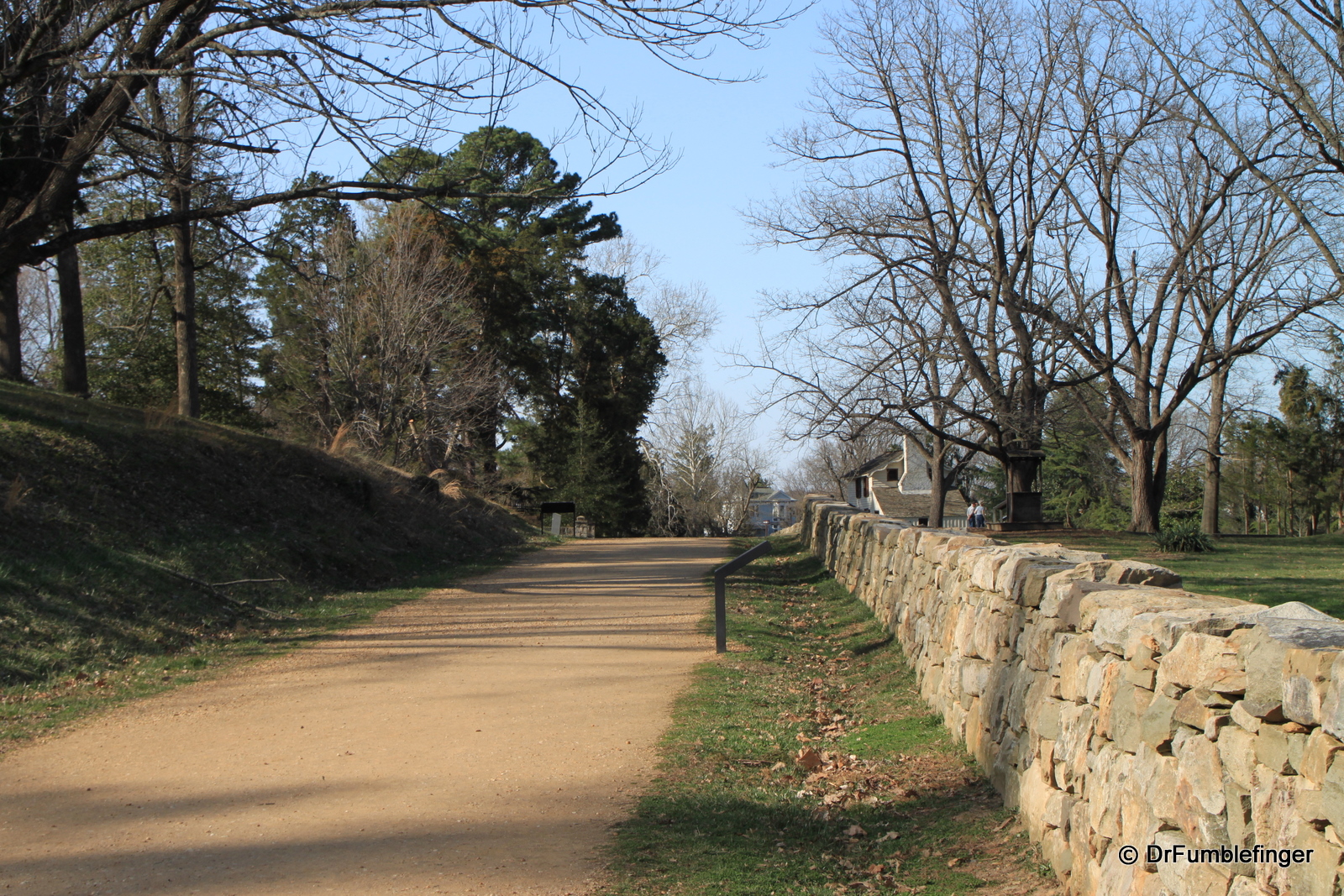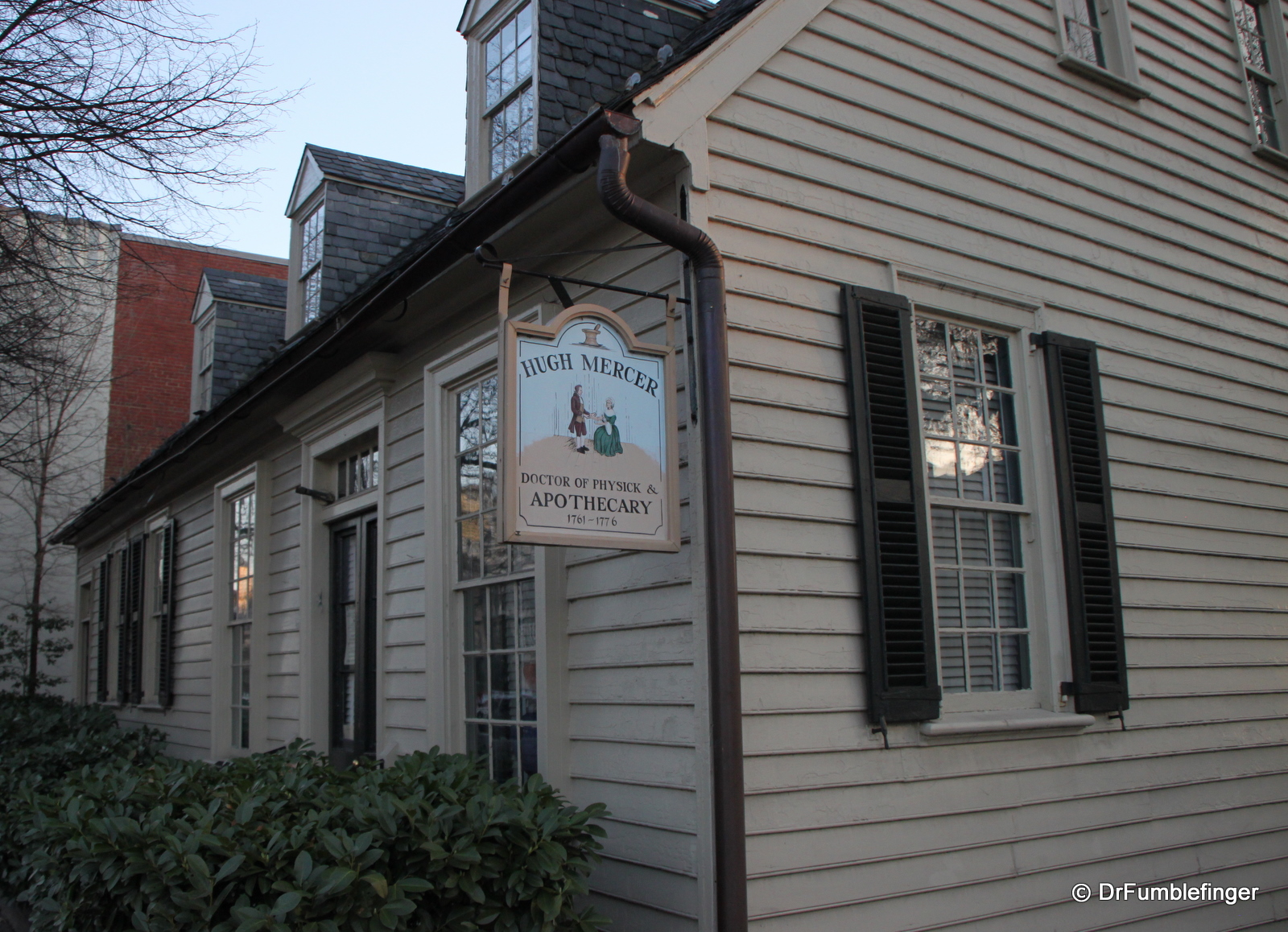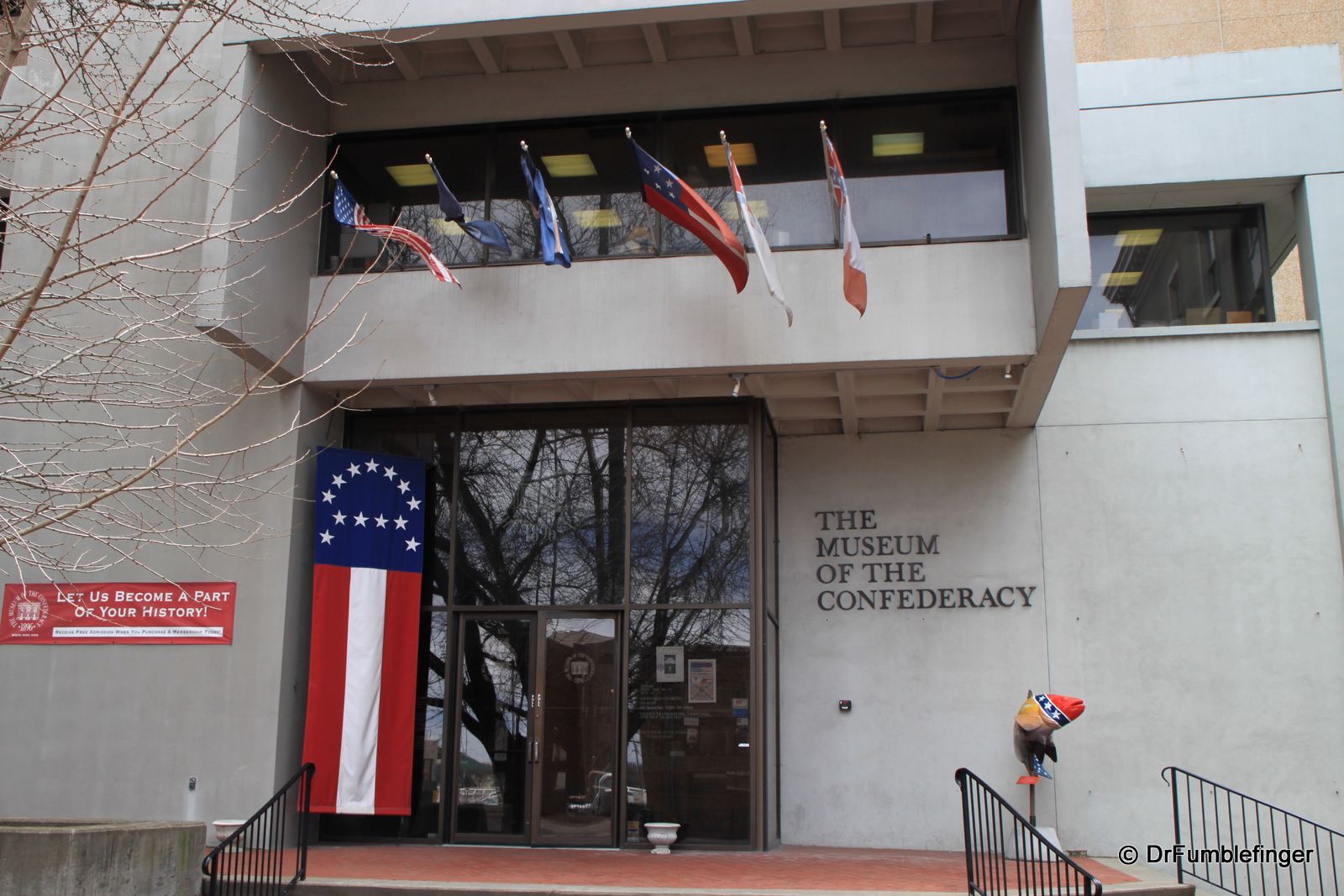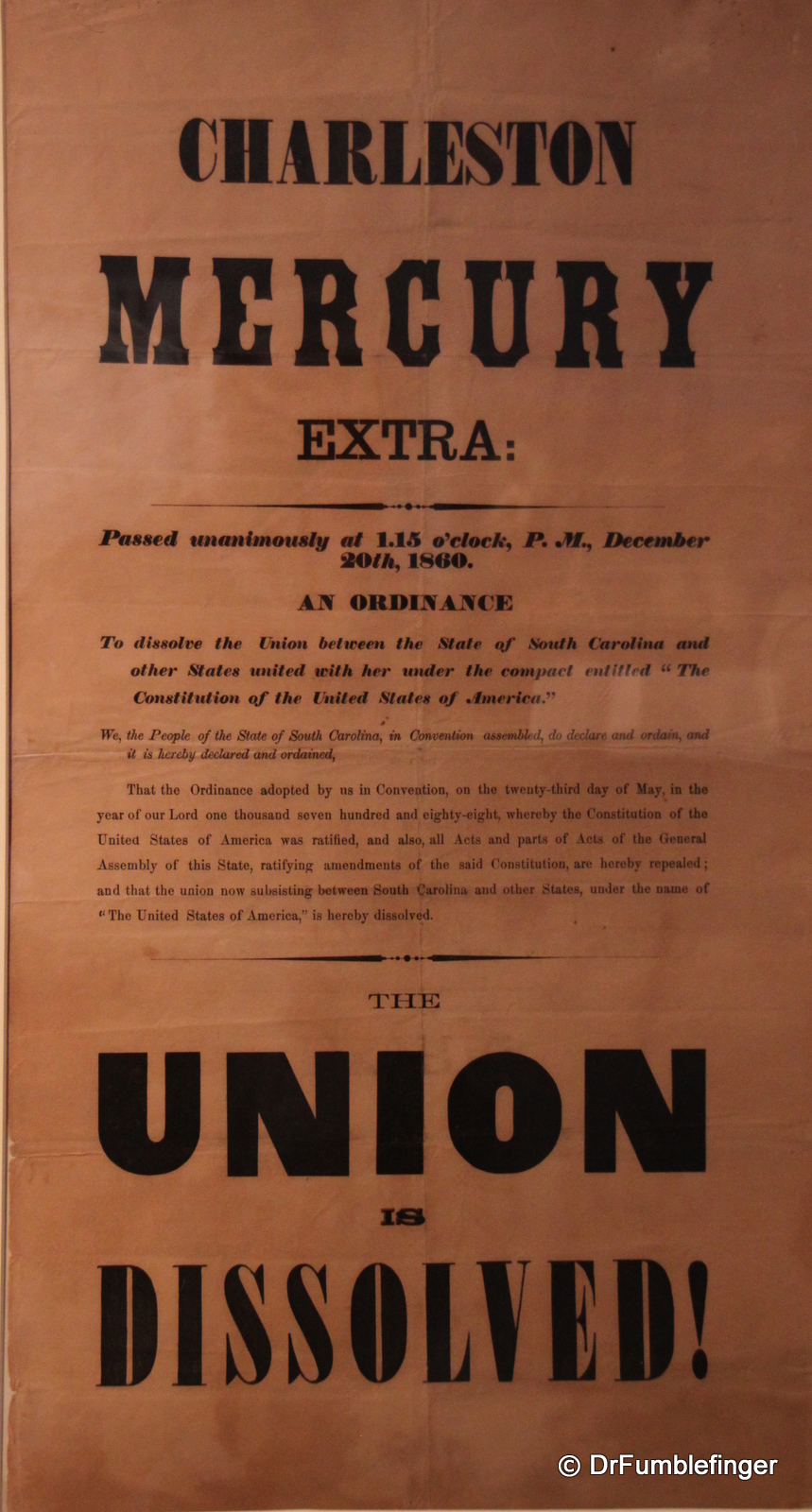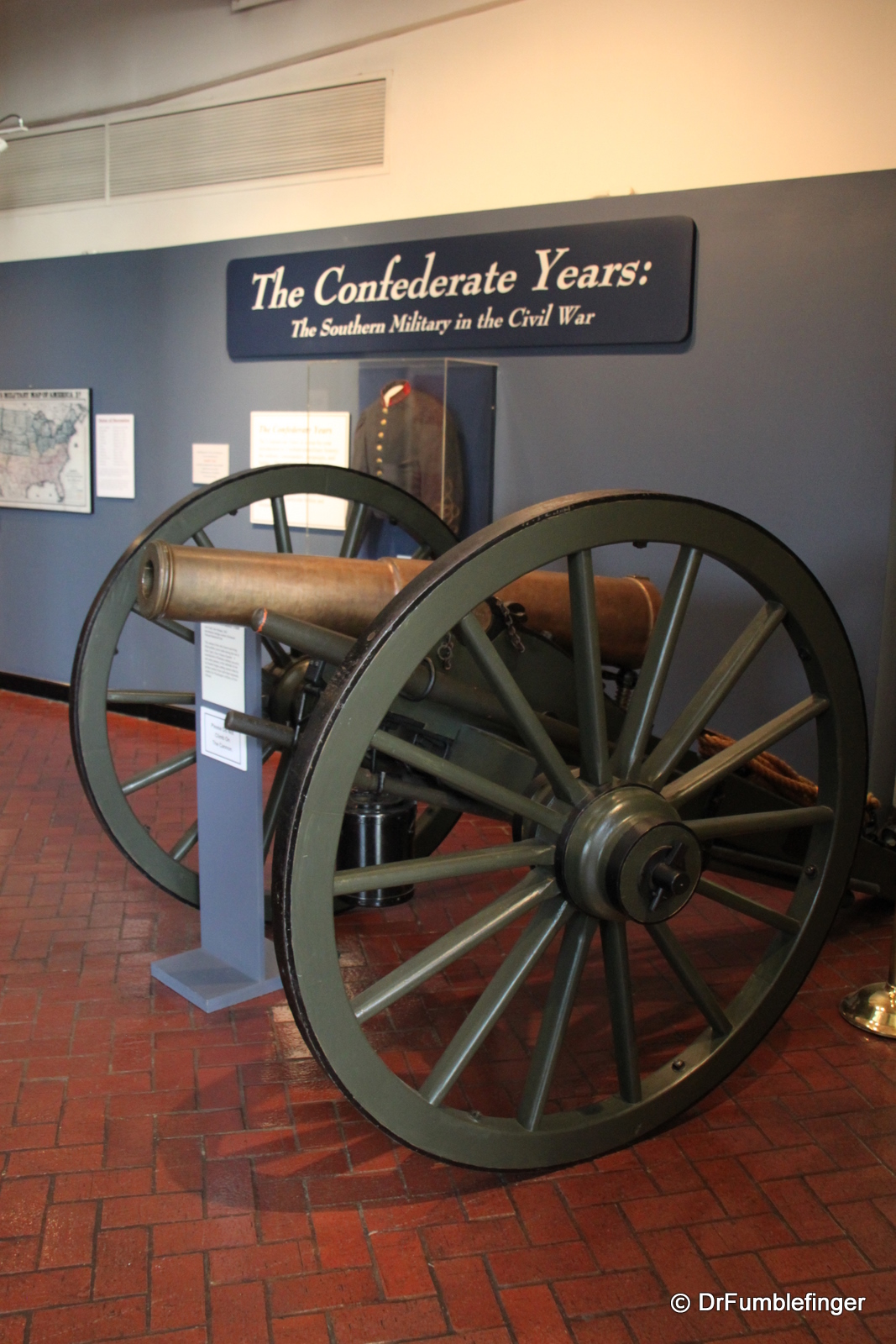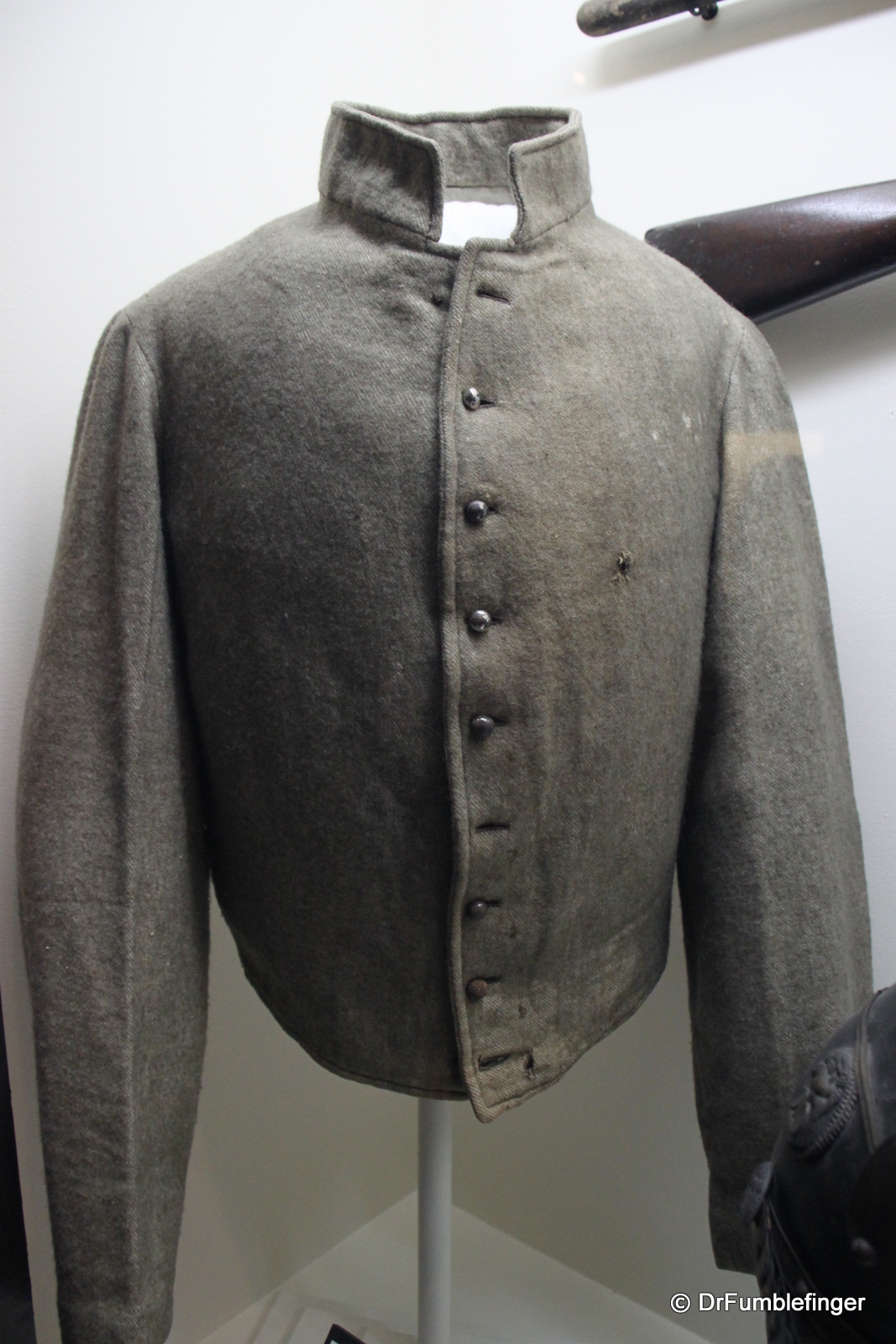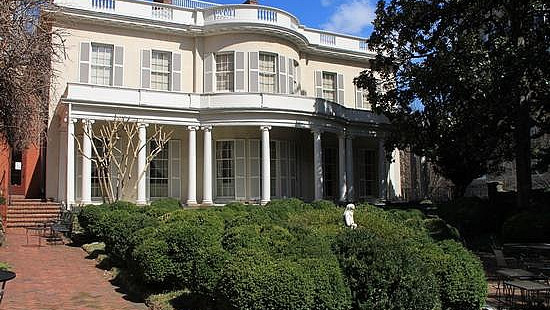
The rich history of Virginia is more intertwined with war than any other state in the Union. This is especially true of the war between the North and the South which was to a large degree centered on Virginia because of its geographic proximity to Washington D.C. The Civil War marked a major turning point in our society and almost destroyed the Union between the states — before ultimately saving it. The background of the war, politics behind it and details of this lengthy bloody conflict are beyond the scope of this blog. If interested you’re highly encouraged to watch the superbly crafted documentary miniseries directed by one of the finest American storytellers, Ken Burns. If more details are sought I would refer you to the writing in Shelby Foote’s thorough three volume collection, The Civil War (can probably be found at your local library).
We felt compelled to visit some of the Civil War battlefields, if for no other reason than to spend time thinking about the magnitude and sacrifice of those engaged in this conflict. There are many dozen Civil War battlefields that stretch across much of the south eastern and south-central states and its a near impossible task to visit all, though I’m sure as the sesquicentennial of the war approaches in 2011 these battlefields will get increased attention and visitation.
We decided to visit and explore Manassas — site of the first major conflict between Confederate and Union soldiers, Fredericksburg — site of an urban war conflict (and in its own right a pretty historic small town worthy of visiting), and Richmond — site of the White House of the Confederacy and the Museum of the Confederacy. This turned out to be a reasonable sampler of Civil War history.

Civil War relics at Bull Run battlefield
Manassas/Bull Run
The first major battle of the American Civil War occurred on July 21, 1861 about 30 miles east of the nation’s capitol in the farm fields of Manassas, close to what’s now Washington Dulles airport. It was a battle of the inexperienced, as both armies were filled with young recruits who had never fought before. While it seemed at first the Federal troops under General McDowell’s leadership would prevail, they were eventually defeated by the Confederates lead by Generals Beauregard, Johnston and Stonewall Jackson. Civilian picnickers from Washington D.C. watched the battle from nearby hills, expecting that this would be the first and last battle of the War Between the States and that, of course, the Federal troops would easily prevail. The battle, which lasted the better part of a day, saw nearly 1,000 young men lose their lives and gave the Confederates a boost of confidence as the Union Army (and its spectators) was sent running back to Washington. It became clear that day that victory would not be easy nor the war short.
Thirteen months later a second battle was fought in the same hills and fields of Manassas, this one a very different battle. The troops now were experienced veterans of war. After a three day conflict that encompassed many square miles of territory, the North under the leadership of General John Pope was defeated by the Confederate troops under the leadership of Generals Robert E. Lee and Stonewall Jackson. Over 2000 fatalities resulted.
We arrived at Manassas National Battlefield Park on a rainy, misty morning, an apt somber setting. I think the Henry Hill Visitor Center is the best place to start your visit. Take in the exhibits and 40 minute film about the battles and if possible listen to the ranger’s presentation. After this, you will be well informed and ready to explore the battlefield.
The setting has been well preserved by the Park Service and it definitely retains its Civil War character. A one mile walking tour around the first battlefield is situated immediately adjacent to the Henry Hill Visitor Center. An 18 mile driving tour takes you to the highlights of the Second Manassas Battlefield (use the free park brochure for the highlights of this second battle: don’t bother renting or buying the accompanying CD unless you want LOTS of details). The entire visit will take just around a half day, depending on how much hiking you want to do on the Second Battlefield sites. We found it a worthwhile visit.

Cannonball embedded in a church wall, Fredericksburg
Fredericksburg
Situated on the banks of the Rappahannock River, Fredericksburg is perhaps best known as the town George Washington grew up in. It was here that General Washington’s father ran a ferry service across the Rappahannock and where his mother, Mary Washington, lived and died.
Fredericksburg was strategically important during the Civil War because it lay about halfway between the Confederate Capitol in Richmond and the National Capitol in Washington D.C. It was also the site of military troop activity from 1861 to 1865 and home to several major battles which by the end of the war left the town in shambles (though it has been nicely rebuilt). Additionally, there are three other Civil War battlefields nearby (Fredericksburg and Spotsylvania National Military Park).
An excellent one hour trolley tour of Fredericksburg is available which will provide you with a nice overview of town, including historic homes, churches and buildings. You’ll see Mary Washington’s home, James Monroe Museum and Memorial Library, Kenmore Plantation and Gardens, and the Hugh Mercer Apothecary Shop (view antique medical equipment and jars of leeches!). Its an easy town in which to stroll around and shop for antiques.
The Battle of Fredericksburg was fought on cold winter days in December of 1862. Nearly 150,000 Union soldiers tried to lay siege and advanced against and into Fredericksburg, protected by just over 90,000 entrenched Confederate troops under the leadership of Robert E. Lee. Almost 20,000 fatalities ensued in this battle, mostly Union, and the advancing troops ultimately withdrew. As the war ran its course Fredericksburg was captured by the Union forces; it is estimated that 100,000 Americans casualties resulted around Fredericksburg.

Confederate uniform, Museum of the Confederacy in Richmond
Richmond
Richmond was not only the Capitol of the State of Virginia, it was also the Capitol of the separated Confederate states during the Civil War and was the site of important battles. It features a beautiful State Capitol building designed by Thomas Jefferson and an assortment of historic buildings and museums that are worth seeing, but our purpose in traveling to Richmond was to visit the White House of the Confederacy and the Museum of the Confederacy.
The White House of the Confederacy was home to elected Confederate President Jefferson Davies and his family. It is an attractive home which has been restored to the Civil War period and includes many period furnishings, some of which belonged to President Davies. The home is attractive and the one hour tour takes you through two floors of the home including its parlors (one for men and one for women), state dining room, Jefferson Davies’ office, master bedroom, nursery, etc.
The Museum of the Confederacy is immediately adjacent to the White House of the Confederacy and the two are generally visited together. The Museum presents an interesting collection of war history and artifacts with a Confederate slant. It presents reasons for the division of the states which included the important issue of slavery but which also involved state rights (Southern states felt that the government in Washington was overreaching its constitutional powers).
The museum is divided into three floors. The main floor features a chronological history of the Civil War with displays focusing on Southern involvement, Confederate generals, and the battles. I was surprised at how captivating the displays that accompany these historical exhibits were. Most include genuine items as varied as original confederate flags, clothes worn by many Generals, including Robert E. Lee and Stonewall Jackson, and a suit worn by President Jefferson Davies. Many of General Lee’s personal artifacts are on display (boots, gloves, dishes and cutlery, bed, etc). There are displays of weapons and war related items. For example, Stonewall Jackson’s blood soaked handkerchief, used in an effort to stem the bleeding from his fatal wound, is on display. A booklet features the track of a fatal bullet on its way thru the chest of the book’s bearer. The museum displays a fascinating bit of history.
The Museum’s top floor focuses on life in the Confederate army when they weren’t fighting — which was most of the time. To paraphrase, being a solider means days of boredom separated by hours of panicked fighting. Drills, walking from town to town, cooking meals, chatting with friends, games, letters to family, etc. occupied most of the soldiers’ lives and are the focus of these displays. The exhibits do a nice job in highlighting that these were just average men — farmers, draftsmen, hunters — now part of a Confederate army. The basement featured rotating exhibits including art of the Civil War and displays on Virginia’s role in the Confederacy.
Postlude
These visits made me think about what would have happened in America if we had not had a Civil War? What if President Lincoln had allowed the South to secede without a war? Its hard to say, but I think it would have only been another 30-50 years and the South would have ended slavery by itself, as has every other civilized society in the past century or so. We often forget that slavery was not a just an American institution but occurred world-wide in the 18th century — that people in virtually every country in the world owned slaves. What was unique about slavery in America is that we fought a Civil War to end it. Please understand that the concept of owning human beings is repugnant to me, but I think the south was fighting for more than their rights as owners of slaves. I do think that they were fighting for THEIR way of life — and they lost. I wonder what would have happened if they’d won????
(Click on thumbnails to enlarge, then right arrow to advance the slideshow)
